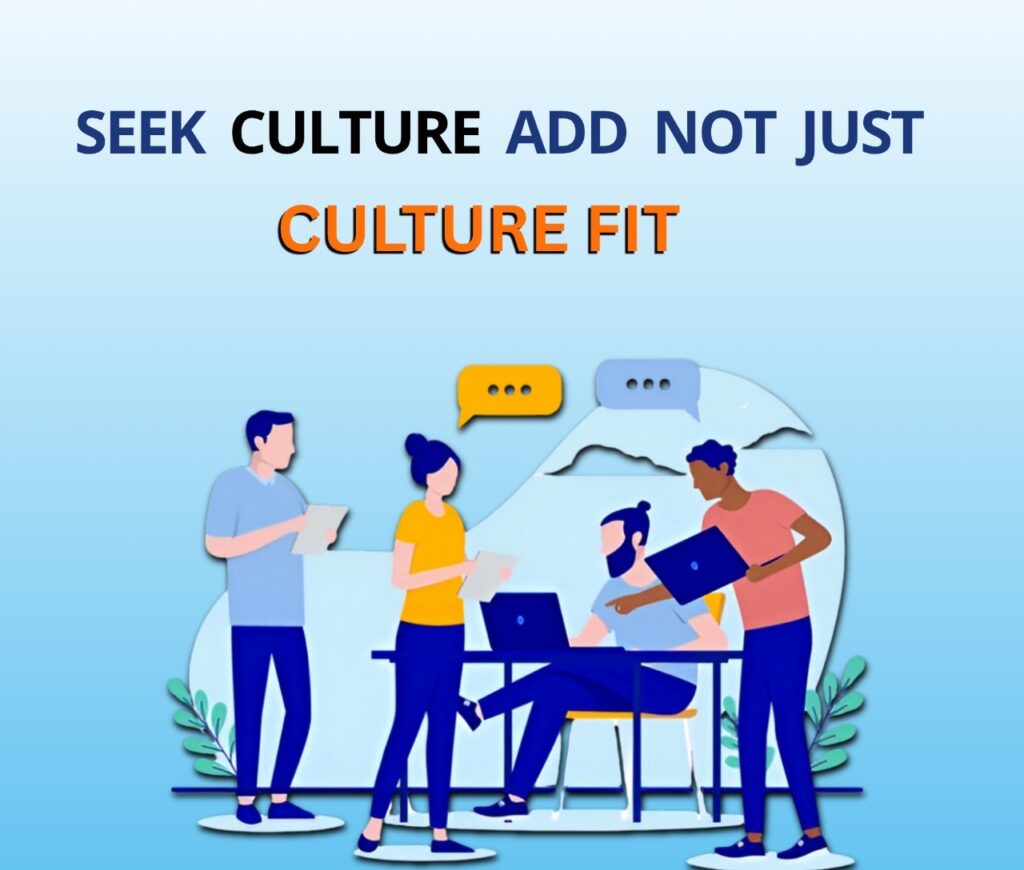Why Diversity of Thought Wins in the Long Run
For years, hiring managers and HR leaders have chased “culture fit.” The idea was simple: bring in people who share similar values, beliefs, and work styles so they blend seamlessly into the team. On the surface, it sounds right—after all, harmony makes work smoother.
But here’s the problem: too much “fit” can quietly turn into groupthink. When everyone thinks alike, innovation stalls, blind spots grow, and the organization stops challenging itself. That’s why forward-looking companies in 2025 are shifting their hiring lens from culture fit to culture add.
Instead of asking, “Does this person fit into our existing mold?” the better question is, “What new perspective, skill, or way of thinking will this person bring to our culture?”

Why “Culture Fit” Is Limiting
Culture fit tends to turn out as a sameness code. Teams are left to employ individuals that look, think, and behave in a way similar to the majority since they can get along well. Although this can make onboarding comfortable, it is a dangerous long-term risk.
- It minimizes the variety of opinion.
- It evades healthy debate
- It inhibits creativity, since people process everything to similar models.
In the world of a dramatic regulatory and competitive restructuring, companies require dynamism and innovation and not replicas of the currently available individuals.
What “Culture Add” Really Means
Culture add is not the relegation of values or the compromise of standards. It implies recruiting individuals who not only share a common interest with your values but also bring something different that your team currently lacks.
That “something different” could be:
- A new competency (such as AI literacy with a traditional sector).
- A different life experience (someone from a non-traditional career path).
- A different thinking pattern (introverts in extrovert-dominated sales units, or the other way around).
Culture adds diversity to the table and thus makes your organization more robust and more able to change.

Diversity of Thought = Long-Term Strength
Research has consistently shown that diverse teams outperform homogenous ones when it comes to creativity, decision-making, and financial results. Why? Because when people come at a problem from different angles, blind spots get caught earlier, and better solutions emerge.
For example:
- A finance leader who thinks conservatively may prevent risks others overlook.
- A creative hire from outside the industry may spark new ideas that insiders wouldn’t imagine.
- An employee from a different cultural background may understand customer needs your current team misses.
This mix creates resilience. In an age where disruption is constant—AI, remote work, shifting economies—resilience is gold.
How HR Leaders Can Shift from Fit to Add
The shift in thinking beyond fit to add is not only about slogans; it entails reorientation of hiring practices:
- Reframe Interview Questions
Rather than “How do you feel you would incorporate into our culture?” you should say, “What do you feel you can bring as an added perspective or a strength to this team?”
- Train Hiring Managers
Most managers unconsciously tend to hire people who are similar to them. Awareness training breaks such a cycle.
- Redraw Success Profiles
Get out of job descriptions. Success profiles that emphasize complementary strengths and not only role-based skills.
- Celebrate Dissent
Broadcast a culture in which constructive dissent is embraced with new employees; when they are not able to feel safe enough to speak up, this means that their individual value is lost.
- Measure the Impact
Monitor the impact of culture-add hires on innovation, troubleshooting, and retention. Show leaders how to gain an ROI on diversity of thought.
The Payoff: Future-Proofing Your Organization
Organizations that are culturally inclusive are not merely satisfying the numbers but are creating workforce that will never be ready to move on. Such companies are more innovative, interesting to top talent and more flexible when disruption strikes.
Culture fit can be comfortable in the long term. Culture add will help your firm stay dynamic In 2025, there will be no choice in evolution–it will be survival.
✅ Takeaway for HR Leaders: Don’t hire people who only mirror what you already have. Hire those who expand your culture, challenge your thinking, and bring new dimensions to your organization. That’s how you build teams that don’t just survive change—they thrive through it.

